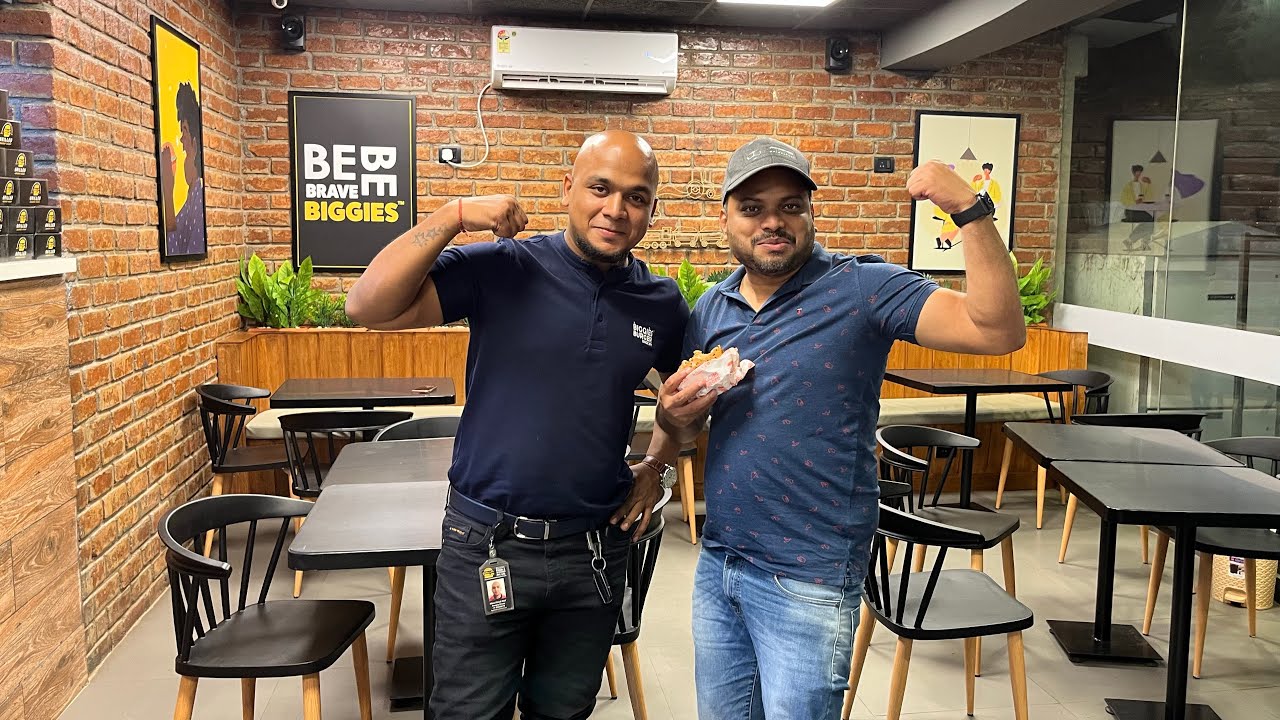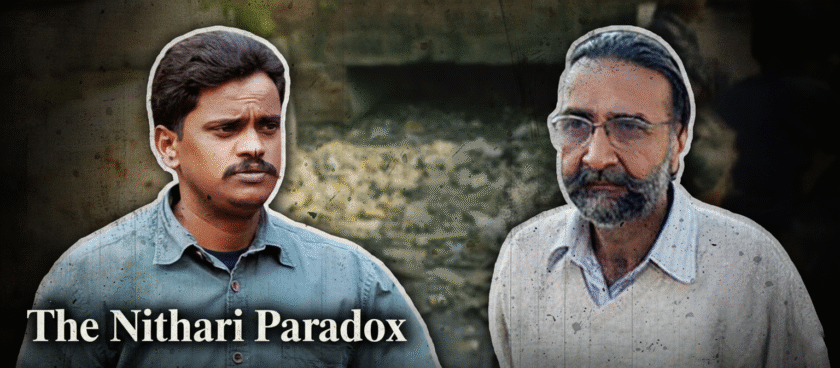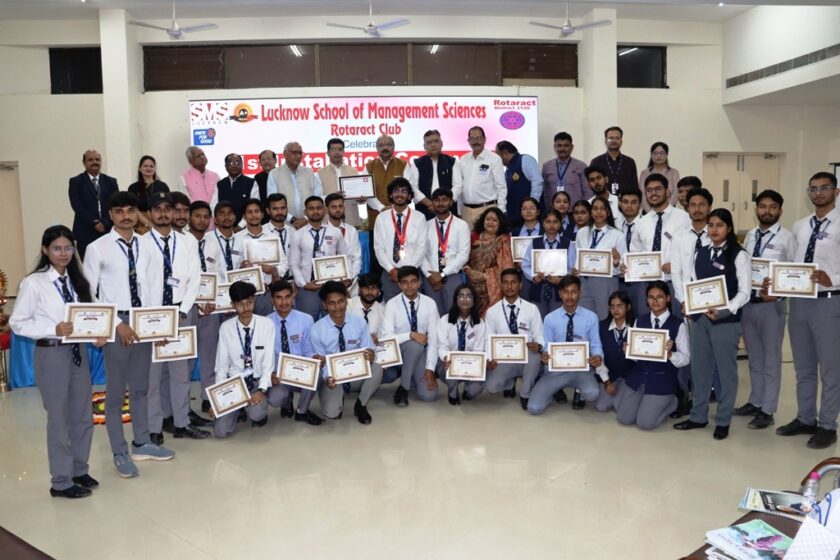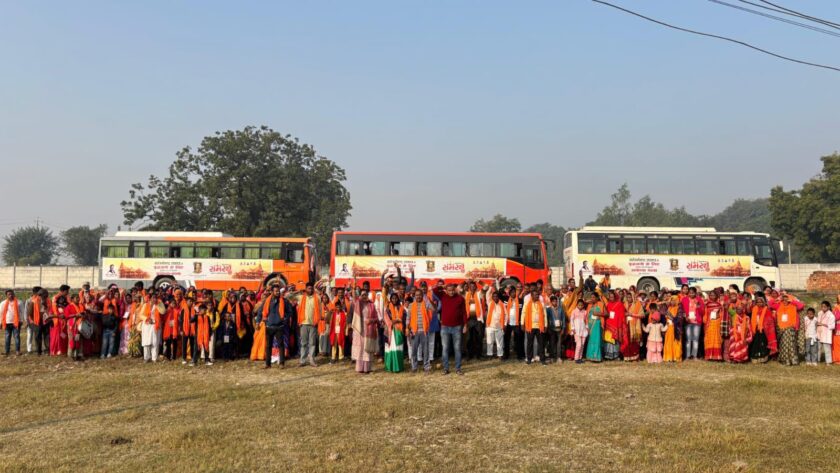Bengaluru: Biraja Prasad Rout, an electrical engineering graduate from Odisha, never imagined that a burger would change the course of his life. Growing up in a small town, he had never encountered one until the age of 21. That first bite, in Bengaluru, was enough to spark an enduring fascination. By 2006, while working at HCL, Rout noticed a glaring gap in India’s foodscape: there were no homegrown quick-service restaurants offering authentic grilled burgers. The market was dominated by global giants like McDonald’s and Burger King, leaving little room for local flavor innovation. Inspired to create an affordable, Indian-adapted burger experience, Rout made the bold decision to leave his stable IT career in 2016 and pursue his dream full-time.
Learning on the Fly: The First Kiosk
Armed with just ₹20,000 in savings and zero business experience, Rout taught himself the art of burger-making through YouTube tutorials and food blogs. In August 2006, he rented a tiny 5×5-foot kiosk near Infosys’ Electronic City campus in Bengaluru. The operation was modest—open only on weekends, run with the help of a home chef—but every burger was made with fresh ingredients, without the use of freezers or shortcuts. Flavors were carefully designed to suit Indian tastes, including Peri Peri Paneer and Lebanese Chicken. Initially, sales were slow, but word-of-mouth among IT professionals quickly built a loyal following, and soon hundreds of burgers were flying off the grill each day.
Scaling with Strategy: From Kiosk to National Presence
Rout’s growth was deliberate and bootstrapped, focused on quality, affordability, and accessibility. The first phase of his journey, from 2006 to 2015, was about proving the concept. The single kiosk became a trusted local favorite, earning a reputation for consistent taste and hygiene. From 2016 onward, he embraced franchising, expanding to 27–46 outlets across 14 cities by 2020. This approach allowed rapid growth without heavy capital, while attracting passionate partners with affordable entry barriers. Expansion was targeted—first south and east India, avoiding saturated metropolitan markets—and the introduction of the “Bigg Cafe” dine-in format created a new, immersive experience that blended quick-service efficiency with casual cafe vibes.
National recognition followed between 2021 and 2023, as Biggies Burger grew to 100–130 outlets across 28 cities in 14 states, generating ₹100 crore in revenue and selling over 50 lakh burgers. Strategic investment of ₹210 crore strengthened the supply chain, branding, and operations. Healthier grilled options were introduced to cater to increasingly health-conscious consumers, and Tier II and III cities became key targets where premium fast food demand was rising. A 30-member core operations team ensured consistent quality while empowering franchisees with professional training.

From 2024 onwards, Biggies Burger accelerated aggressively, opening 25 new stores every quarter and reaching 150+ outlets in 37 cities across 16 states. Seventy outlets were upgraded to larger cafe formats, and diversification under Beamer Brands—including new QSR concepts—set the stage for a global footprint. Rout’s mantra remained clear: “Quality first, scale second.” He avoided gimmicks and deep discounts, focusing instead on delivering an exceptional customer experience—generous portions, value pricing, and flavors that resonated with Indian palates.
Creating India’s Homegrown Burger Empire
Today, Biggies Burger stands as India’s leading indigenous burger chain. The brand employs thousands through its franchises and inspires emerging foodpreneurs, with Rout actively mentoring aspiring entrepreneurs through forums like the Business Eminence Awards 2025. Revenue has soared from ₹30 crore in 2022 to ₹120 crore in 2025, with ambitious plans to reach ₹500 crore by 2028 and expand to over 350 outlets nationwide.
Rout’s journey exemplifies grit and innovation—from coding lines in IT offices to lining up burgers on grills. His story proves that Indian brands can carve global relevance without imitating the West. As he reflected in a 2025 interview, “We didn’t build Biggies to what it is today; it built us through resilience and innovation.” His vision now extends beyond borders: exporting Indian QSR flavors worldwide, turning “Made in India” into a global fast-food staple.






